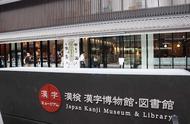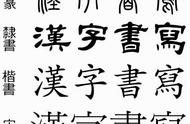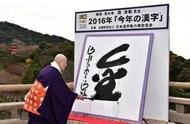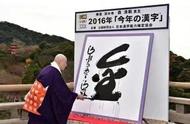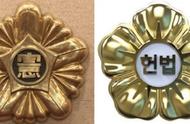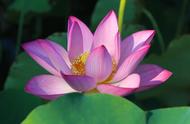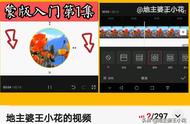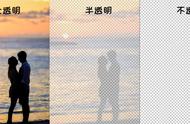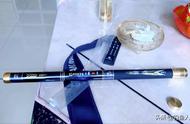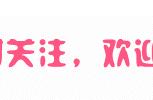对于“日本人能否大致看懂中文”这个问题,这就跟我们读文言文遇到的障碍一样,字我都认识,一部分词也可以明白大概的意思,但连成句子,甚至整个段落,看起来的确困难重重,这可能跟日语中的汉字现在所处的环境差不多。在海外问答论坛 quora上,日本网友提问道:中文和日语相近,日本人是怎样看待汉语的?这引起各国网友的关注,我们看看他们的回答。

问题:日本人怎样看待汉语?

日本网友福田美莎子的回答
The study of ancient Chinese classics (Confucius, Sun Tzu, Mencius, etc.) was the pillar of warrior education before the Meiji Restoration, which was extended to Japanese modern junior high school/high school curriculum. In a typical high school, ancient Chinese texts will become a compulsory course together with modern Japanese, ancient Japanese texts, English, mathematics, physics, chemistry, world history, Japanese history, etc..
对中国古代先贤典籍(孔子、孙子、孟子等)的研究是明治维新前武士教育的支柱,这被延续到了日本现代初中/高中课程中。在一所典型的高中里,中国古代文本会与现代日语、日本古代文本、英语、数学、物理、化学、世界历史、日本历史等一起成为必修课。。

Interestingly, we (and the samurai) generally read these texts in Japanese rather than Chinese, and even the order of Chinese characters is often reversed to conform to the Japanese grammatical framework. Therefore, we mainly study content, not language. In addition to accumulating vocabulary of about 4-5000 Chinese characters, we have also disseminated many traditional Chinese thoughts and cultures. When I was in high school, I never thought that I was studying Chinese, but ancient Chinese philosophy.
有趣的是,我们(和武士)一般用日语阅读这些文本,而非汉语,甚至汉字的顺序也经常颠倒,以符合日语语法框架。因此,我们主要研究的是内容,而不是语言,我们除了积累了大约4到5000个汉字的词汇,还浸染了许多中国传统思想文化。当我在高中时,我从未想过我在学习汉语,而是在学习中国古代哲学。
However, today's Chinese writing is not so easy for us, especially reading comprehension. Reading billboards in Chinese Mainland is actually a challenge. Most characters can be recognized individually, but when combined, we are at a loss. So far, many signs in Taiwan, China, China are easier to identify immediately, probably because many of them come from the Japanese occupation.
然而,今天的中文写作对我们来说并不是那么容易,尤其是阅读理解。在中国大陆阅读广告牌实际上是一项挑战。大多数字符可以单独识别,但一组合起来,我们就不知所云了。到目前为止,中国台湾的许多招牌更容易立即识别含义,可能是因为其中许多来自日据时代。

